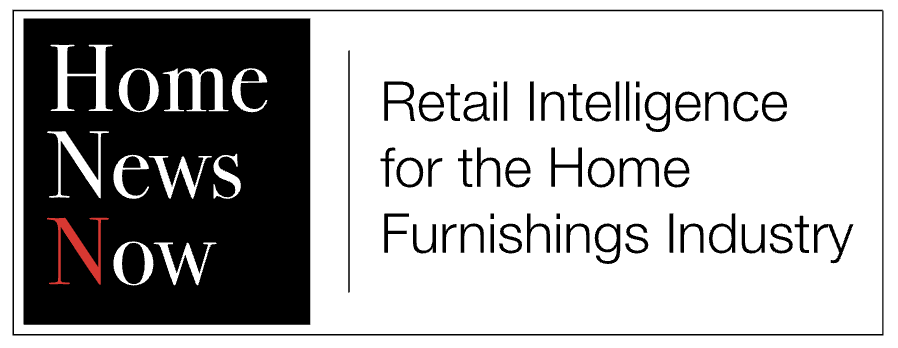Yet purchasing plans for homes is at a 12-year low, indicating a soft market for furniture could continue in the months ahead
WASHINGTON — Consumer confidence rose slightly in July, although consumers indicated they are still pulling back on nonessential spending including personal travel over the next six months.
Yet while some consumers said they plan to increase their spending for large-ticket items such as appliances, the impact on furniture sales remains somewhat uncertain as purchasing plans for homes was at a 12-year low.
The Conference Board reported Tuesday that the Consumer Confidence Index rose to 100.3 this month, from a downwardly revised 97.8 in June.

Dana M. Peterson, chief economist at The Conference Board, said that confidence improved among consumers under 35 and those 55 and older, with only the 35-54 age group seeing a decline. Also, on a six-month moving average basis, confidence remained the highest among consumers under 35.
“On a month-over-month basis, no clear pattern emerged in terms of income groups,” Peterson added. “On a six-month moving average basis, consumers making over $100K were the most confident, but the gap with other groups narrowed.”
Meanwhile the Present Situation Index, which is based on consumers’ assessment of current business and labor market conditions, dropped to 133.6 from 135.3 in June. The Expectations Index, which is based on consumers’ short-term outlook for income, business and labor market conditions, rose to 78.2, up more than five points from 72.8 in June but still below 90, which usually signals a looming recession.

“Confidence increased in July, but not enough to break free of the narrow range that has prevailed over the past two years,” Peterson said. “Even though consumers remain relatively positive about the labor market, they still appear to be concerned about elevated prices and interest rates, and uncertainty about the future, things that may not improve until next year.”
Consumers’ sentiments regarding inflation in the next 12 months was stable at 5.4% in July, down significantly from a peak of 7.9% in 2022. The report added that the amount of consumers expecting higher interest rates over the next year also dropped for the second month in a row to 50.3%, which it said was the lowest since this past February. Consumers also were positive about the stock market, with 49.1% expecting stock prices to rise in the year ahead, compared with 23.5% expecting them to drop and 27.4% expecting no change.
However, write-in responses in July reflected that consumers’ views of the economy were largely tied to inflation, including higher prices for food and groceries. Their view of the economy was also impacted by the U.S. political situation and the labor market. And while plans to buy a home were at a 12-year low, plans for buying cars changed little, while plans to buy large-ticket appliances rose slightly. In addition, more consumers said they plan to buy a smartphone or laptop/PC in the next six months. They also plan to purchase less expensive services such as streaming versus going to the movies, while they plan to prioritize essential purchases such as health care and maintenance on automobiles, for example.

Other key takeaways from the monthly survey were as follows:
Of current business conditions:
+ 18.8% of consumers said business conditions were good, down from 18.9% in June.
+ 18.3% said business conditions were bad, up from 18.1% in June.
Of the labor market:
+ 34.1% of consumers said jobs were plentiful, down from 35.5% in June.
+ 16% of consumers said jobs were hard to get, up from 15.7%.
Regarding the short-term outlook for business conditions:
+ 14.8% of consumers expected business conditions to improve, up from 13.2% in June.
+ 16.7% of consumers expected business conditions to worsen, down from 17.6%.
Of their outlook for the short-term labor market:
+ 14.5% of consumers expected more jobs to be available, up from 13.1% in June.
+ 16.7% expected fewer jobs, down from 18.3%.
And of their outlook for their short-term income prospects:
+ 15.6% of consumers expected their incomes to increase, down from 16.2% in June.
+ 11.6% expected their incomes to decrease, down from 12.3%.




